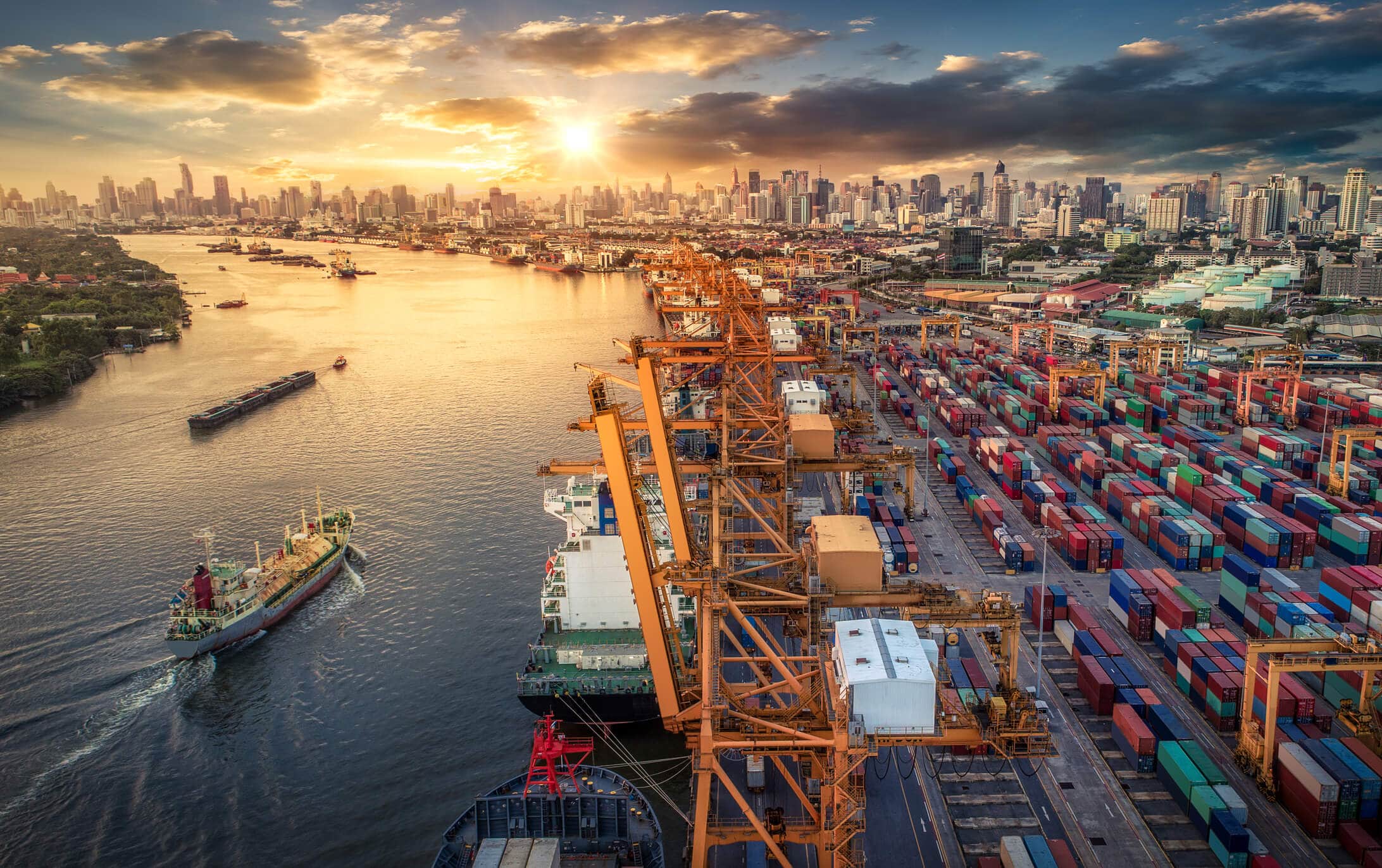
Whether the budget is held by IT, Logistics or Transportation, no one has unlimited dollars. So when supply chain leaders evaluate potential technology investments, they are typically trying to distinguish the nice-to-have technologies from the need-to-have solutions. In a period of resource constraints and increasing overhead costs – combined with increasing pressure to stay competitive and create real differentiation – these are critical decisions to be making.

At the end of the day, it’s a pretty classic return-on-investment conversation and evaluation. In my experience, after a few decades in senior leadership roles at enterprise software companies serving global companies, it boils down to three overarching evaluation criteria: (1) Can you quantify the value?; (2) How soon will I start to realize a return?; and (3) How sure am I that this partner can deliver?
When evaluated against these straightforward criteria, supply chain visibility falls squarely in the need-to-have category – and it has the added bonus of helping customers get more out of their existing investments in supply chain technology. Here’s how.
You Can’t Do Business in the Dark
The “Where’s my truck?” question has plagued the industry for decades, the source of endless frustration for countless shippers, carriers and truckers. And now the question has become much more nuanced. “What’s on that truck, when will it arrive, and how can I make better decisions from that knowledge?”
Businesses understand and feel the impact of delayed or missing freight on everything from labor and shipping costs to penalties and lost revenue opportunities. In other words, you’d be hard-pressed to find anyone arguing against having the capacity to know where a load is and when it’s going to arrive. “More Visibility? No way, not for me…” is antithetical to the way businesses run – or aspire to run – today. So as far as the “compelling need” criteria when making decisions about tech investments, visibility is usually a slam dunk.
TMS Will Only Shed So Much Light
As with so many things, the devil is in the details. Businesses often miss out on realizing true, comprehensive, real-time supply chain visibility because they think their transportation management system (TMS) or other enterprise systems have the deep multi-modal and international visibility functionality today’s businesses need. This simply isn’t the case.
The core value proposition of a TMS is planning and execution – and TMS solutions are very good at that. But they weren’t built for real-time visibility. According to a recent article in American Shipper, “Visibility is actually a layer atop true global transportation platforms.” Visibility helps you get more out of your TMS (or your ERP, for that matter), but a TMS alone will not give you real-time visibility. That’s why supply chain visibility was voted the most important system to implement to improve operations once TMS and ERP are in place.
Ease of Implementation = Immediate Time-to-Value
Once a company understands the unique capabilities of a visibility solution, and that such a platform complements and maximizes ROI from investments in other core systems, the visibility platform has to then prove itself in terms of return and ease-of-implementation.
What we find in working with the world’s largest network of shippers and 3PLs is that they are typically trying to answer one, several or all of the following questions:
With so many of the world’s leading shippers (250 and counting), 3PLs and their carrier networks on the FourKites visibility platform, we have been able to track and validate tangible customer returns in each of the above areas.
For example, improving on-time performance leads directly to reduced penalties and prevents loss of shelf space and a corresponding loss in revenue. FourKites customers routinely achieve 15%-20% savings from better on-time performance. Dynamic ETAs based on real-time traffic and weather information have an immediate positive impact on staffing and warehouse optimization. And temperature tracking translates into savings via fewer spoiled products and higher customer satisfaction.
Case in point? One of our shipper customers has recently shaved $600,000 off of annual penalties (a ~22% reduction) and saved about $500,000 per year in inventory costs on safety stock. Most of our customers are typically tracking loads just a few months after implementation – a highly accelerated time frame compared to most enterprise solutions, and one of the key benefits of implementing a cloud-based platform.
We understand the business imperative to invest your limited dollars wisely. FourKites is technology-agnostic, and works with your existing platforms to harness your data to drive maximum returns and efficiencies across your supply chain. With a straightforward implementation process and near-immediate improvements and savings across your operations, real-time freight visibility has moved well beyond the nice-to-have category to become a supply chain must. Faced with increased competition across the board, true end-to-end, real-time global visibility is the foundational layer to create real differentiation for your business.